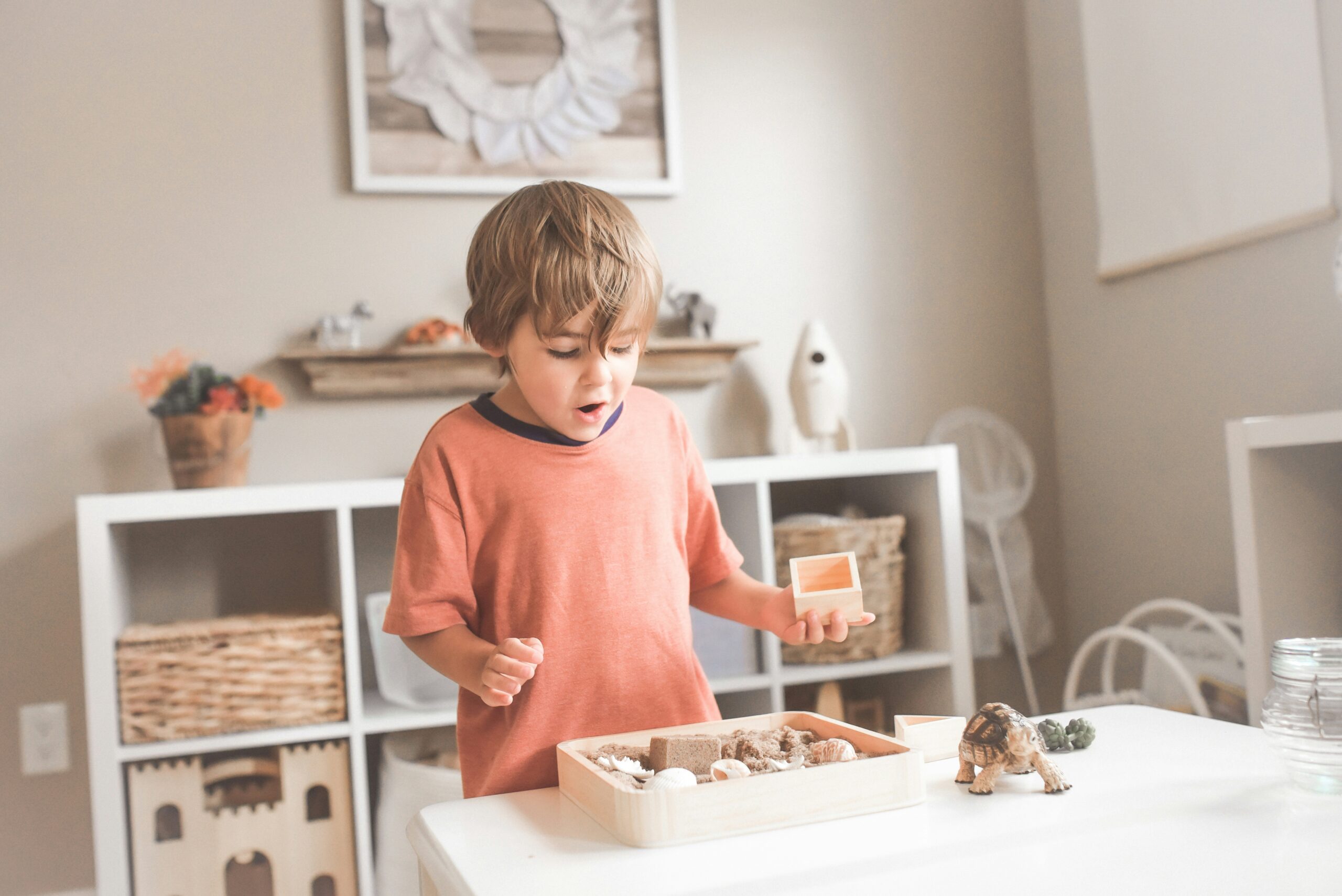Every child learns in their own unique way. Some children thrive when they can see information clearly laid out, others prefer to listen and discuss, while some learn best by doing and experiencing things first-hand. Understanding your child’s main learning style can make a big difference in how they approach schoolwork, build confidence, and enjoy learning. Here’s some advice from a Surrey independent school.
1. What Are Learning Styles?
Although every child uses a mix of approaches, most tend to have a dominant learning style. The three most common types are:
- Visual Learners – absorb information best through seeing. They like pictures, diagrams, charts, and colour-coded notes.
- Auditory Learners – prefer to hear and talk through ideas. They enjoy discussions, storytelling, and learning through sound or rhythm.
- Kinaesthetic Learners – learn by doing. They benefit from hands-on activities, movement, and real-life experiences.
Recognising which category your child leans toward can help you tailor how you support their learning at home and communicate with their teachers.
2. Spotting a Visual Learner
You may have a visual learner if your child:
- Loves books with bright pictures or visual aids.
- Enjoys drawing, doodling, or using colour when studying.
- Finds it easier to remember what they see rather than what they hear.
- Likes having their environment organised and visually appealing.
How to help: Encourage mind maps, visual schedules, and illustrated flashcards. Using videos or written instructions can also boost understanding.
3. Spotting an Auditory Learner
You may have an auditory learner if your child:
- Enjoys talking, storytelling, or explaining things aloud.
- Remembers songs, rhymes, or spoken directions easily.
- Prefers reading out loud or listening to audiobooks.
- Likes discussing topics rather than reading quietly.
How to help: Talk about new concepts together, let them read aloud, or use rhymes to remember facts. Learning podcasts or music-based activities can also be very effective.
4. Spotting a Kinaesthetic Learner
You may have a kinaesthetic learner if your child:
- Finds it difficult to sit still for long periods.
- Loves building, acting out, or experimenting.
- Learns best when using movement or hands-on materials.
- Enjoys sports, drama, or creative projects that involve doing.
How to help: Provide learning opportunities that involve touch, movement, or manipulation—like building models, using educational games, or taking short movement breaks during study sessions.
5. Remember: Many Children Are a Blend
It’s important to remember that most children don’t fit neatly into one box. Your child might learn multiplication tables best through song (auditory), but understand science better through experiments (kinaesthetic). The key is observing what helps them light up—when learning feels enjoyable and natural, you’re on the right track.
6. Why Learning Styles Matter
When you understand how your child learns best, you can:
- Support homework and study time more effectively.
- Communicate more easily with teachers.
- Boost your child’s confidence and reduce frustration.
- Help them develop a lifelong love of learning.
7. Encouraging Flexibility
While identifying your child’s main learning style is useful, helping them adapt to different learning methods is equally valuable. Schools often combine visual, auditory, and hands-on activities, so encouraging flexibility prepares your child to thrive in any classroom environment.
Every child is unique, and that’s what makes learning so exciting. By recognising your child’s natural learning preferences and providing opportunities that match their strengths, you’ll not only help them succeed academically but also nurture curiosity, independence, and confidence.
You may also like
